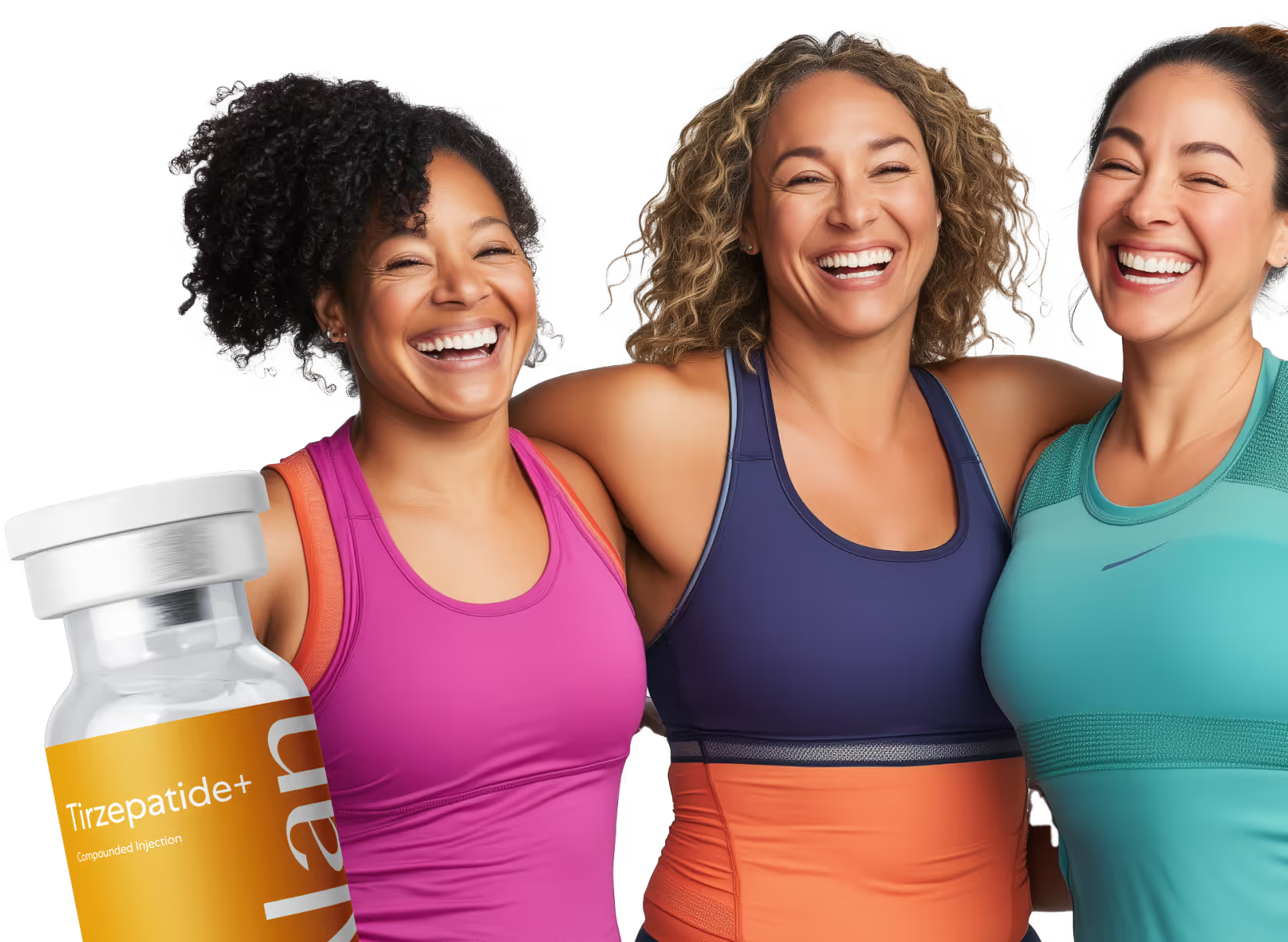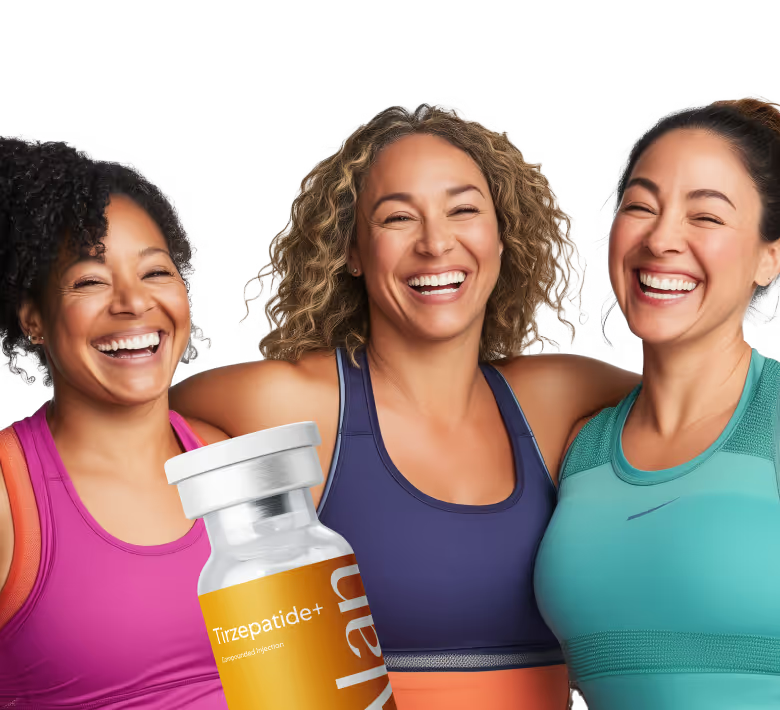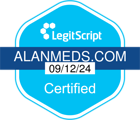Dark spots, uneven tone, post-acne marks—no matter what you call them, hyperpigmentation can be frustrating. The good news? You’re not alone, and there are treatments that work. But first, it helps to know what kind of hyperpigmentation you’re dealing with—because not all spots are the same.
Here’s a simple breakdown of the most common types and how to treat them effectively.
1. Melasma
- What it looks like: Soft, patchy dark spots on both sides of your face—often across the cheeks, forehead, or upper lip.
- Why it happens: Hormones (like pregnancy or birth control) and sun exposure. It’s more common in women and people with medium to deep skin tones.
- What helps: Gentle brightening ingredients, consistent sun protection, and patience. Melasma is stubborn, but manageable.
2. Post-Acne Marks (PIH)
- What it looks like: Dark spots left behind after a pimple, scratch, or rash—even after the skin has healed.
- Why it happens: Your skin produces extra pigment after inflammation. These marks can stick around for weeks or months.
- What helps: Ingredients that fade discoloration and calm your skin, especially if you have a deeper skin tone or sensitive skin.
3. Sun Spots
- What it looks like: Small, flat brown spots—usually on your face, chest, or hands—that show up with age and sun exposure.
- Why it happens: Years of sun damage, even if you didn’t burn. They’re also called age spots or liver spots.
- What helps: Fading creams, vitamin-rich serums, and most importantly—SPF every day, even when it’s cloudy.
4. Redness and Blotchiness
- What it looks like: Pink or red patches, sometimes with tiny visible blood vessels. You might mistake it for rosacea.
- Why it happens: Skin inflammation, hormones, or heat can trigger redness. Some types of pigmentation actually have a vascular (blood vessel) component.
- What helps: Soothing, anti-redness ingredients that support your skin barrier and reduce irritation over time.
5. Uneven Texture + Discoloration
- What it looks like: Dark spots that also feel bumpy or rough—especially in areas where you’ve had breakouts.
- Why it happens: Acne can leave behind pigment and textural changes. Some ingredients can address both.
- What helps: A combo of brightening and skin-smoothing ingredients—without clogging pores or causing more breakouts.
Wondering What to Use?
If your skin shows signs of more than one type of hyperpigmentation (like melasma and post-acne marks), you’re not alone. That’s why Alan Health created the Spot Cream, a prescription formula that targets multiple causes of discoloration—without hydroquinone or harsh ingredients.
It combines:
- Azelaic Acid to gently even tone and fight breakouts
- Tranexamic Acid to fade stubborn melasma and redness
- Niacinamide to calm, brighten, and strengthen your skin
It’s safe for all skin tones, and most people start seeing results in 4–8 weeks with daily use.
Keep in mind, no matter what type of hyperpigmentation you have, sunscreen is non-negotiable. Protecting your skin every day is the key to preventing spots from coming back.
{{the-spot-corrector}}
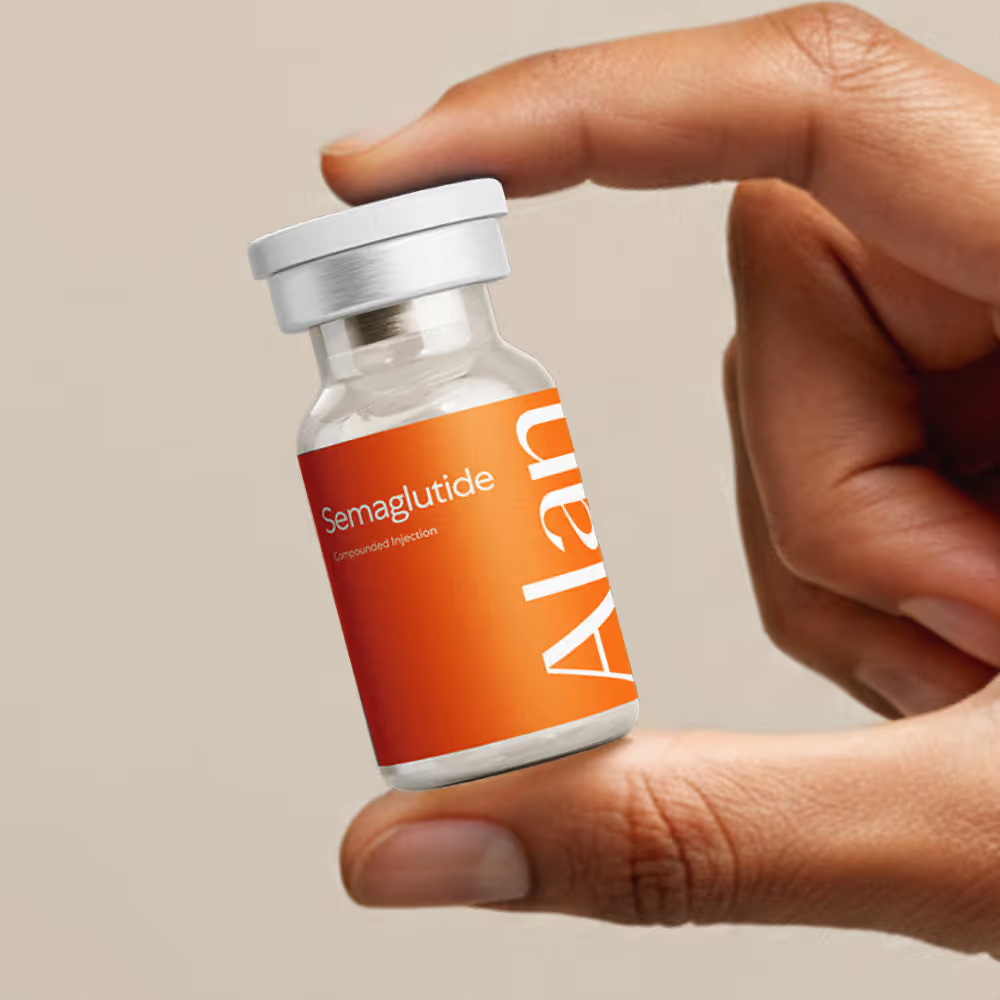

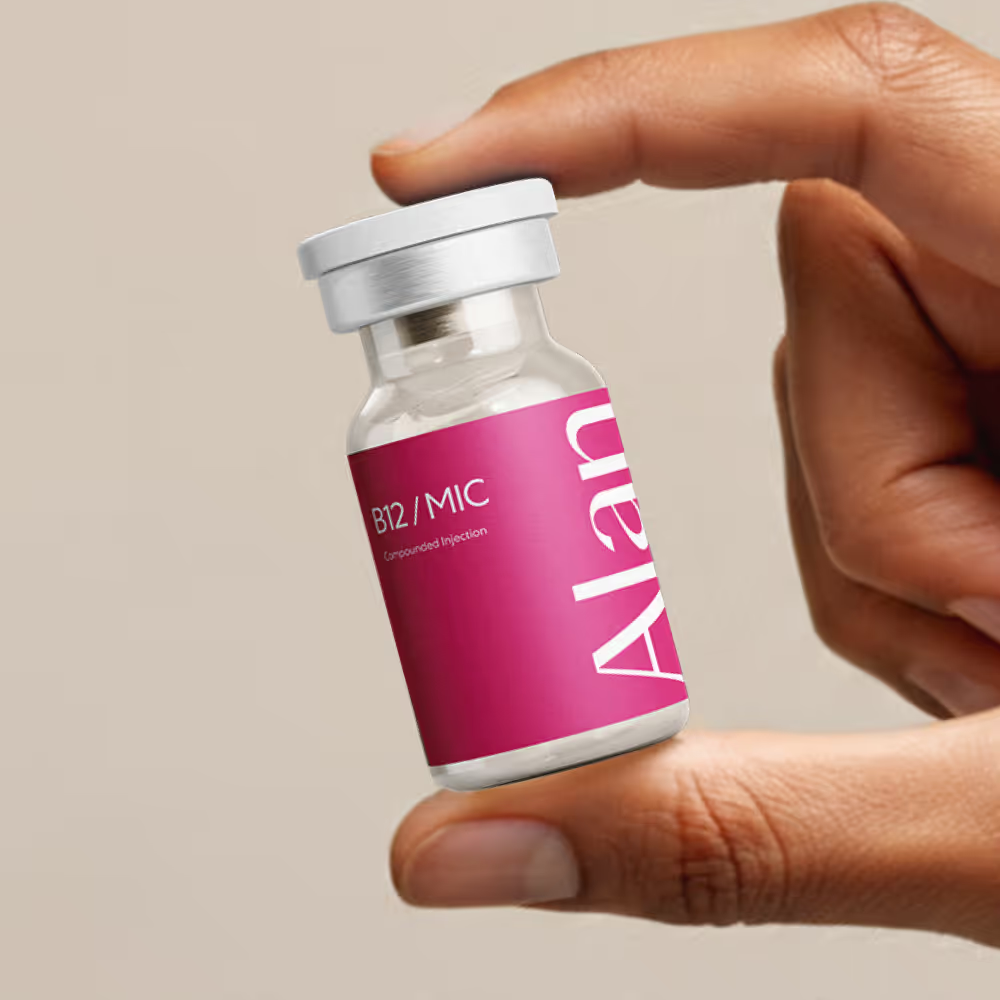

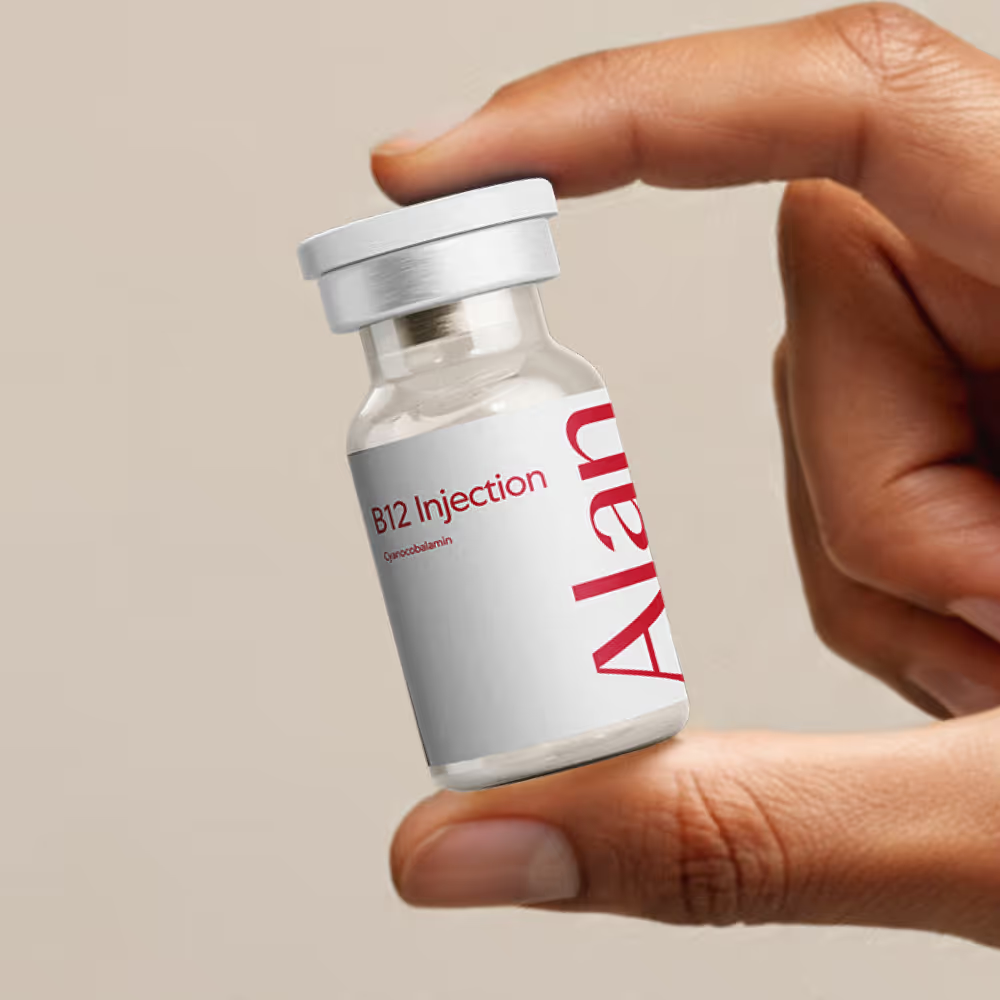

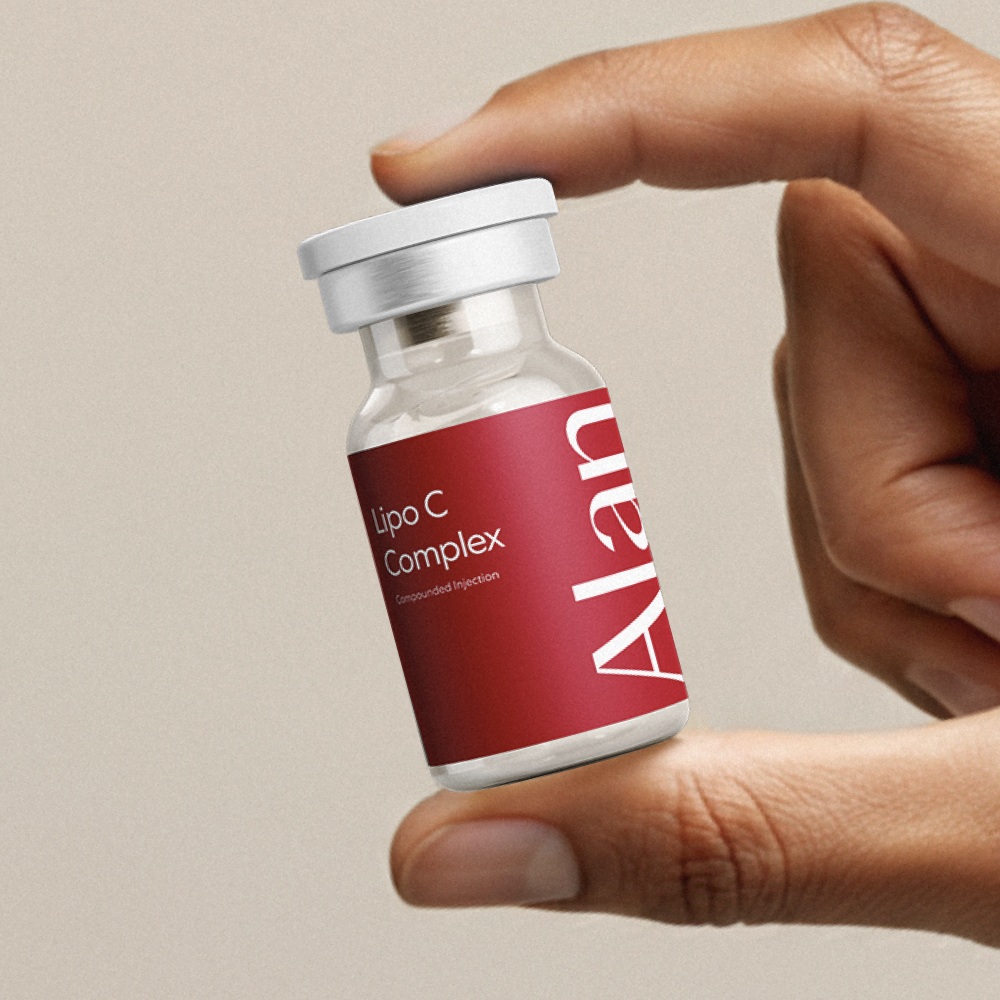

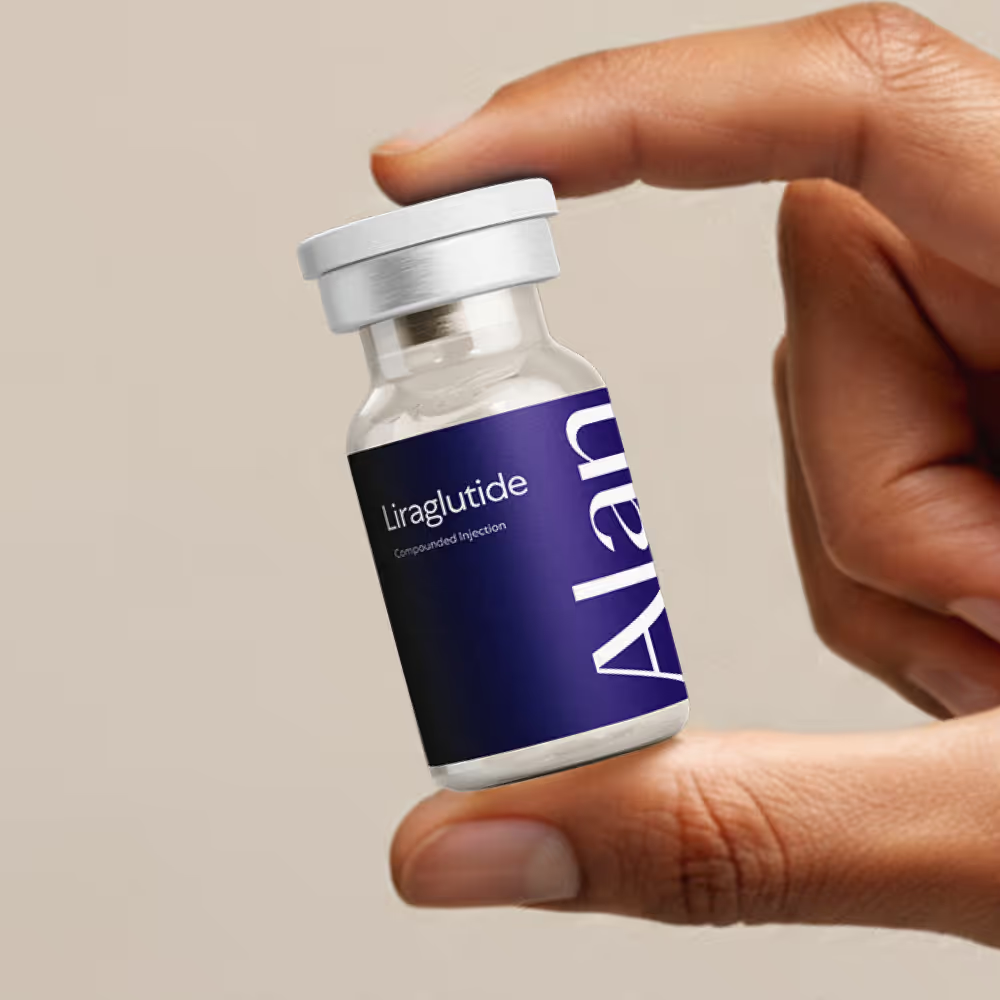

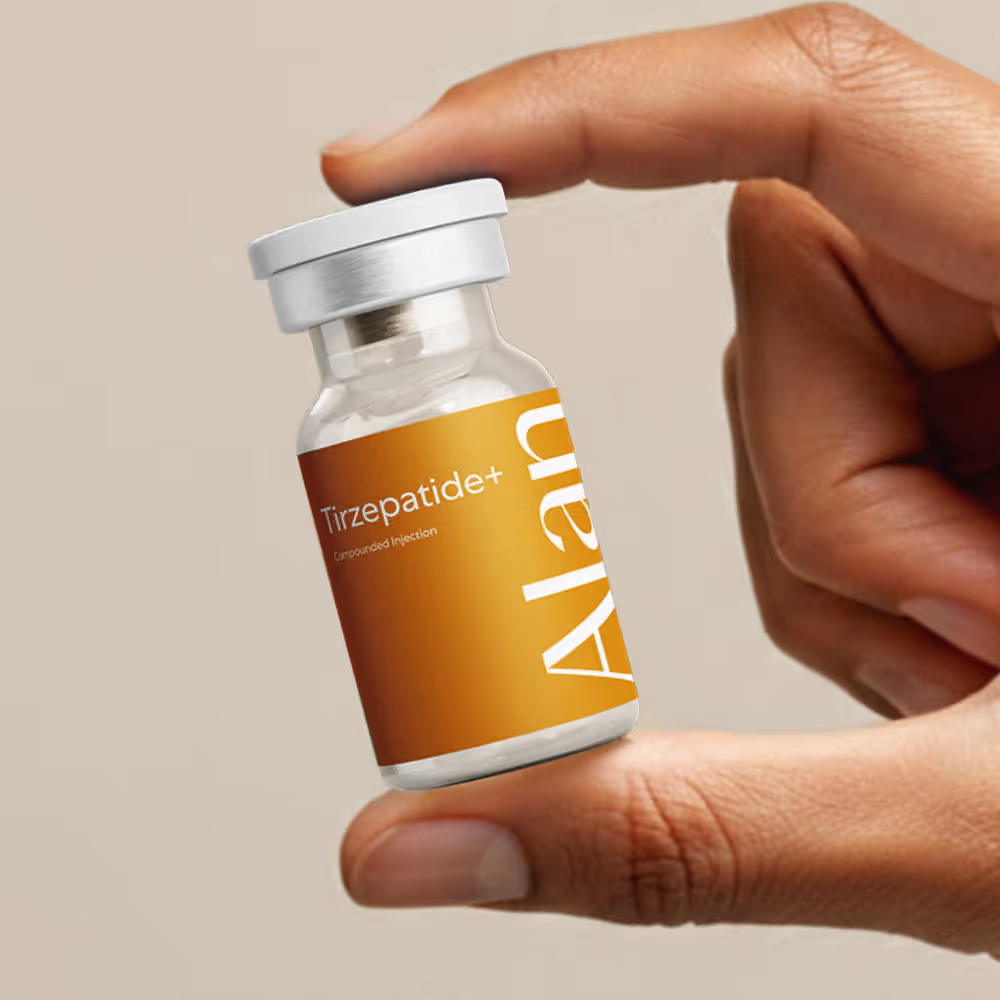





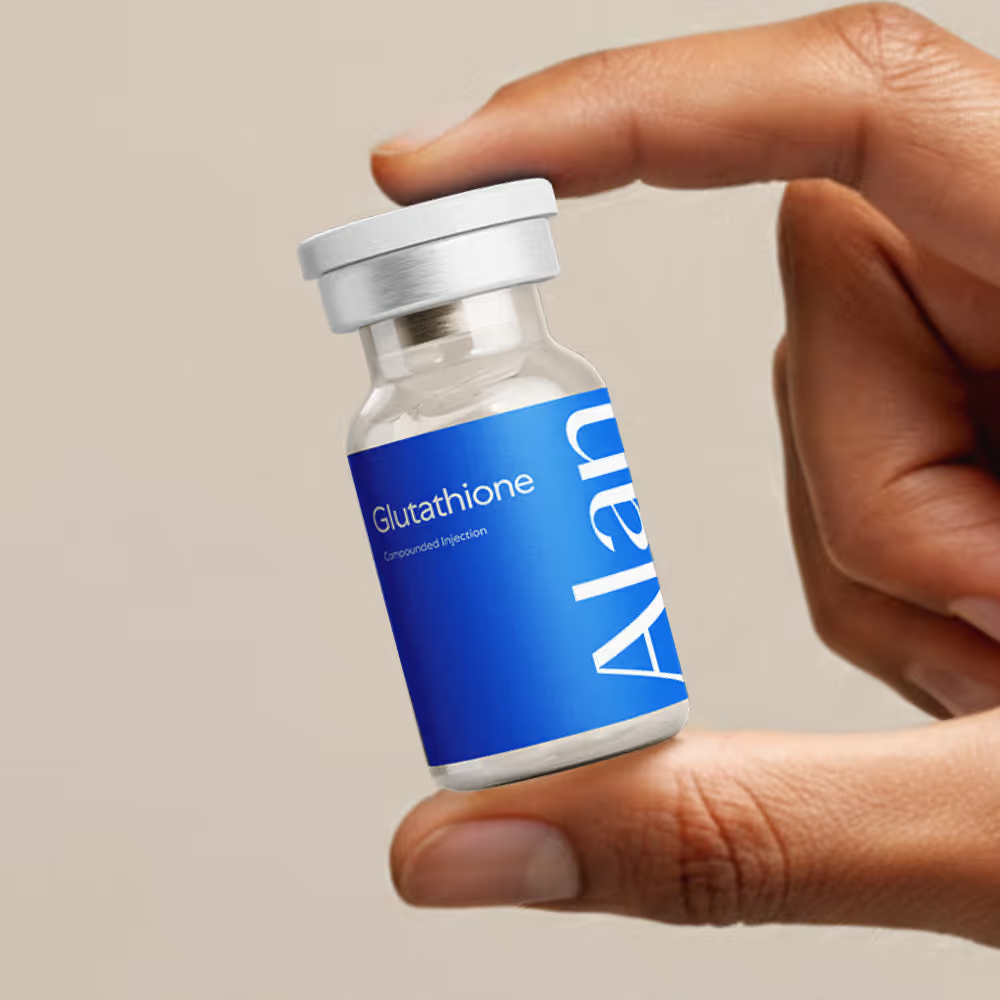



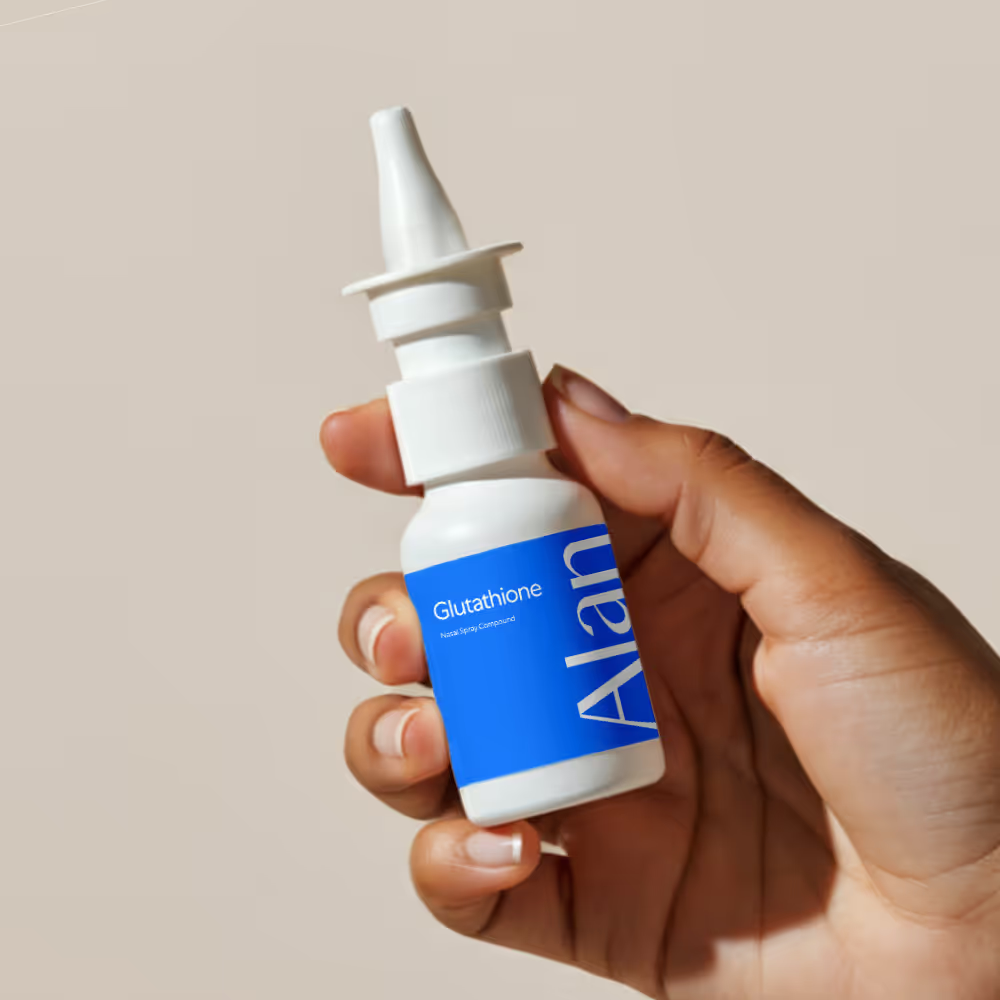

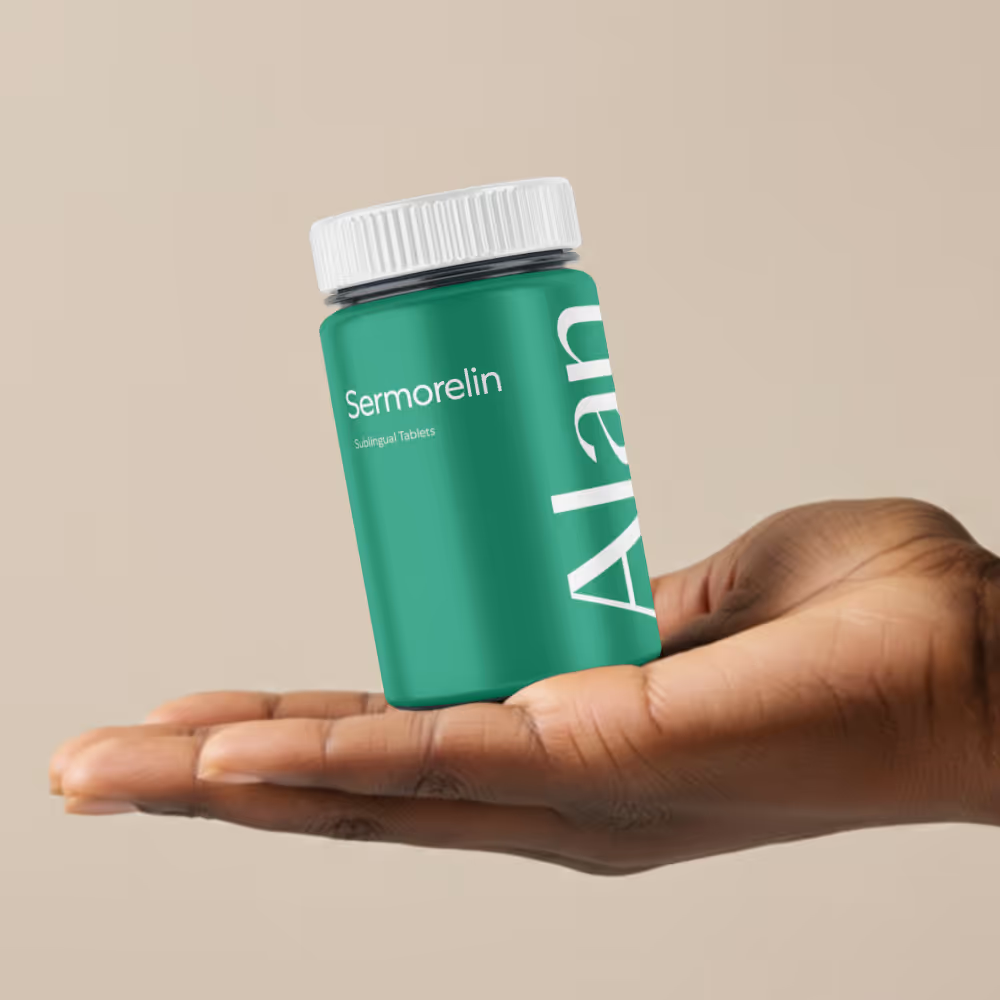

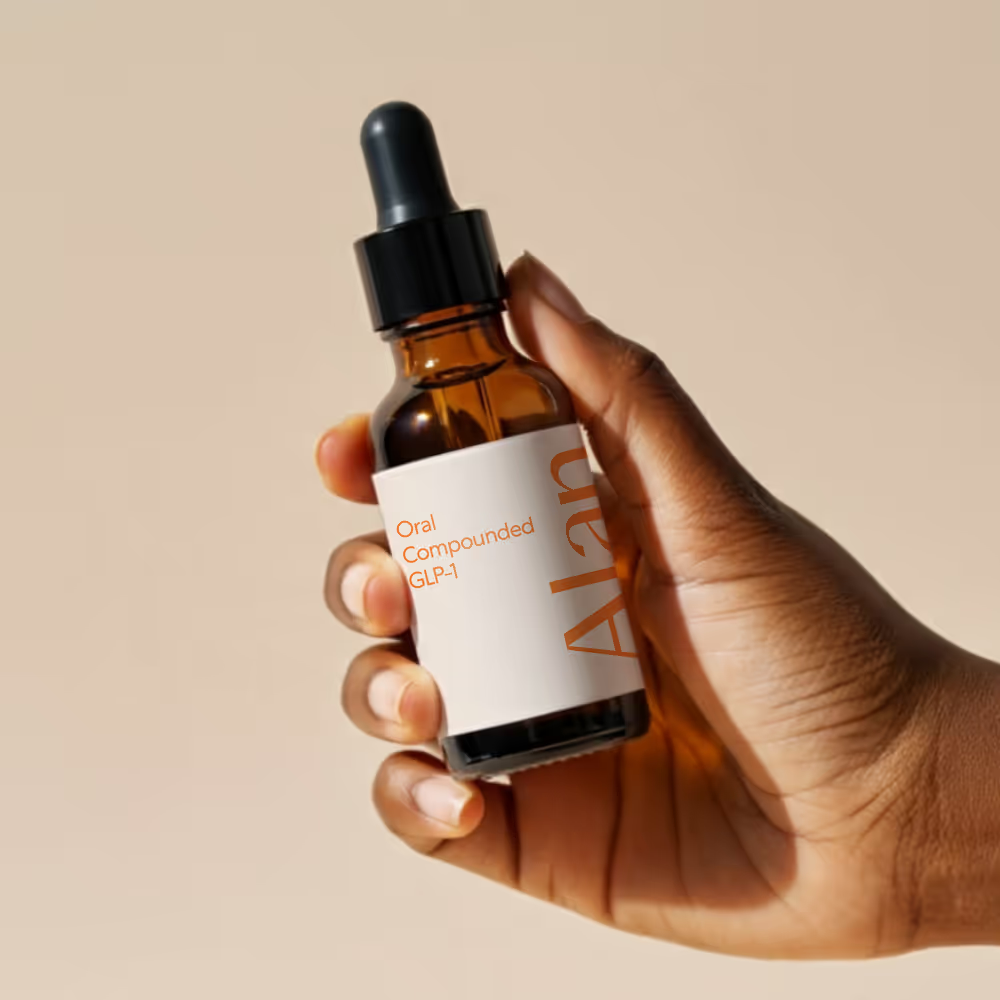



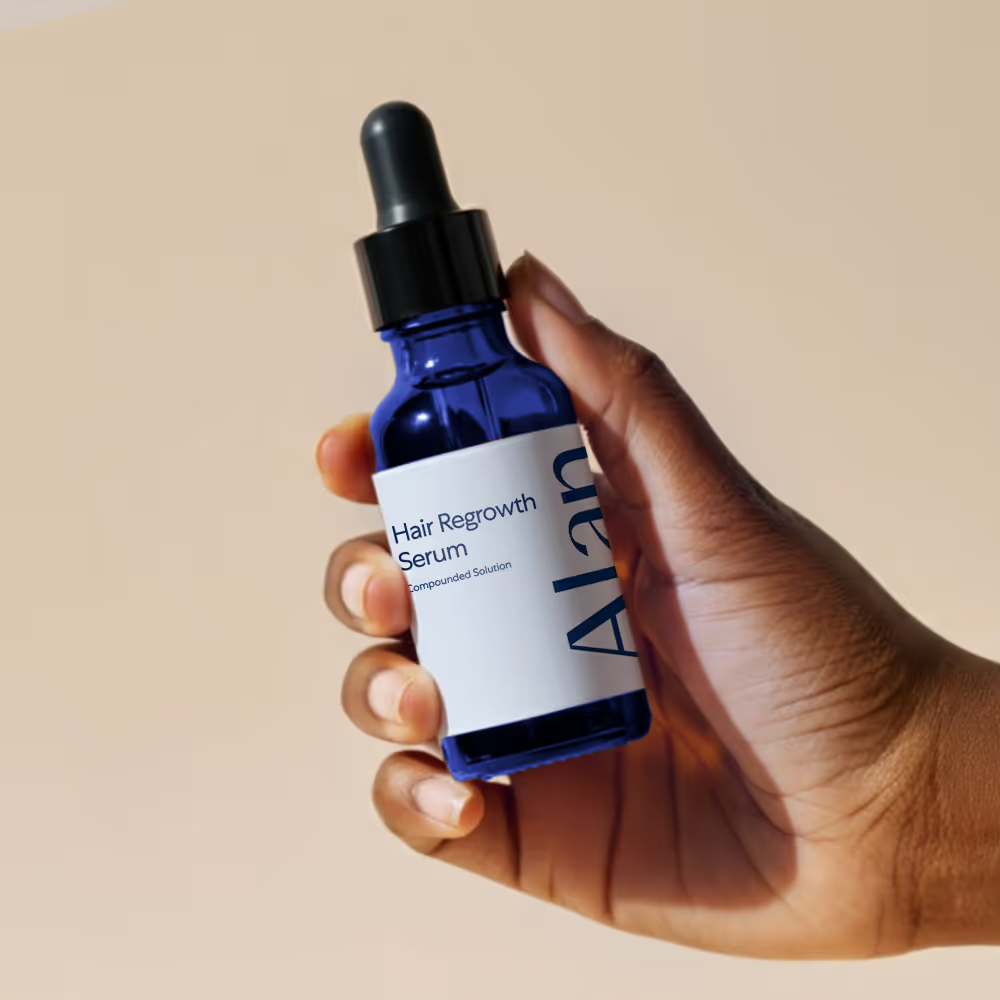

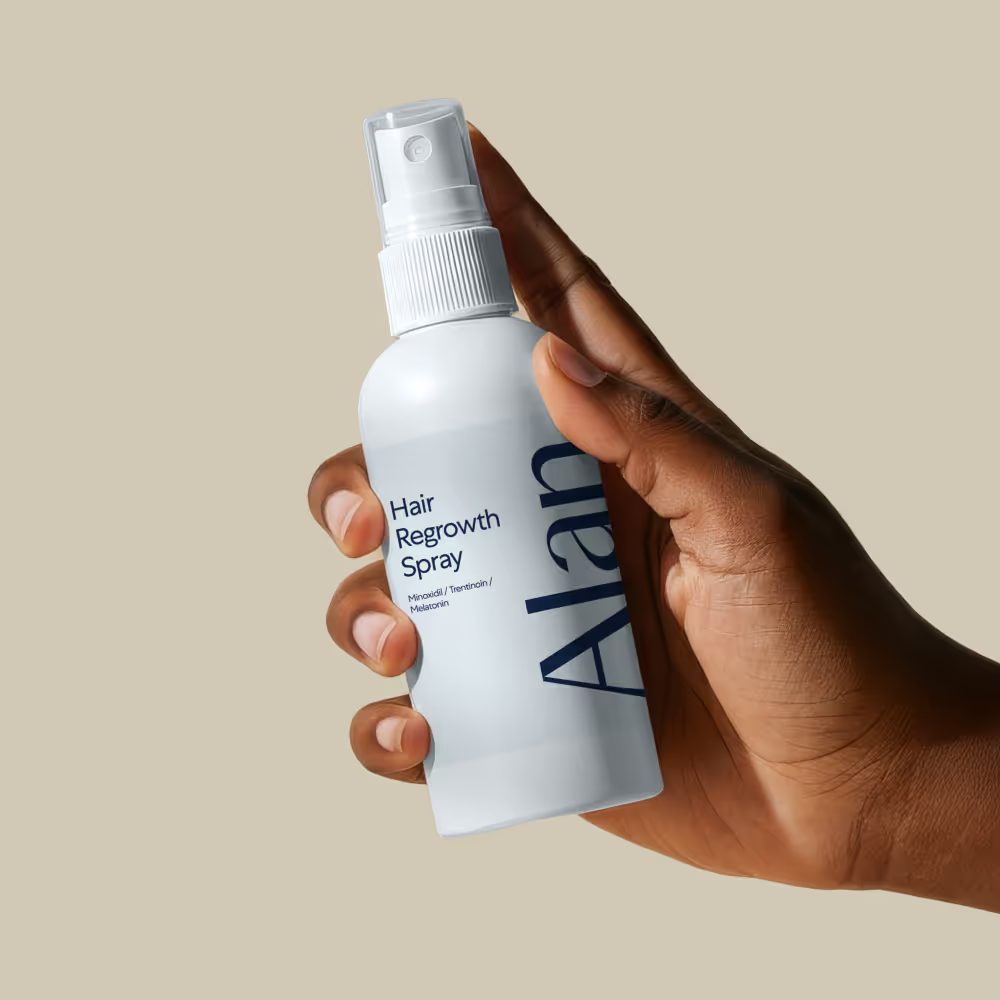

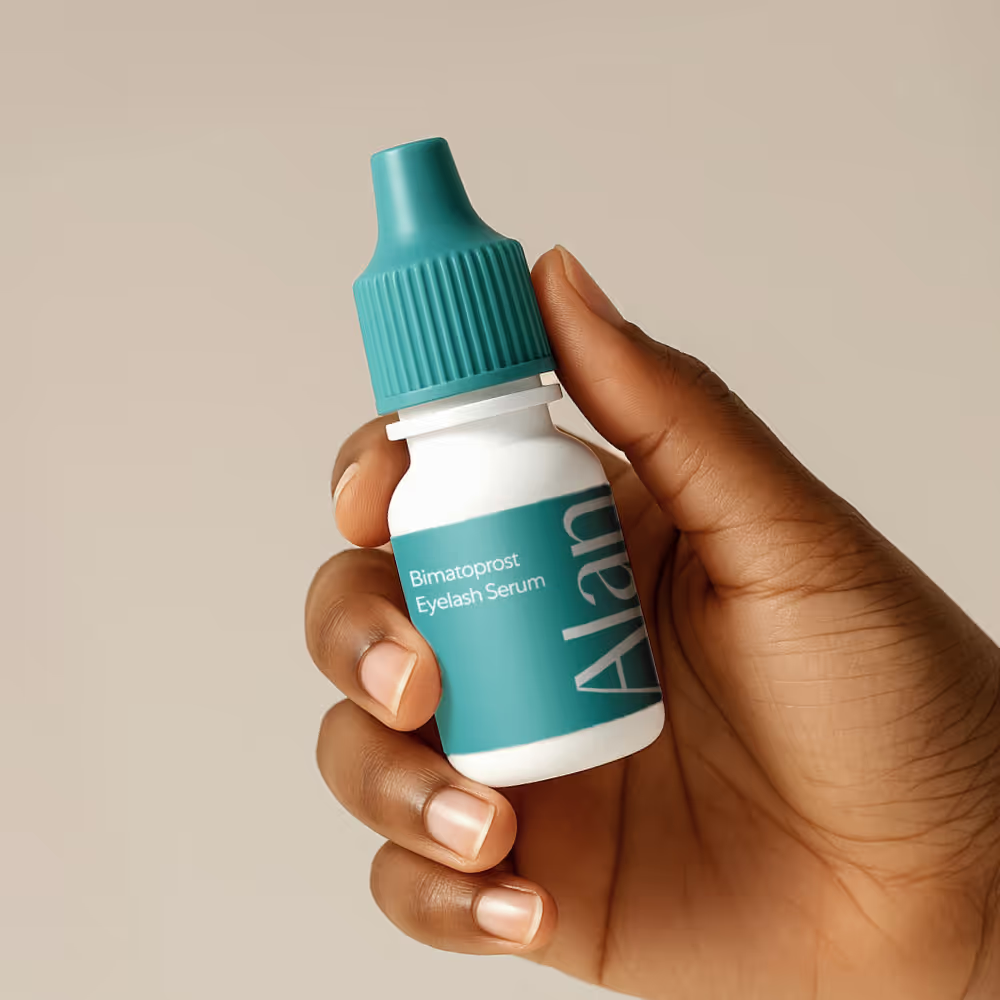



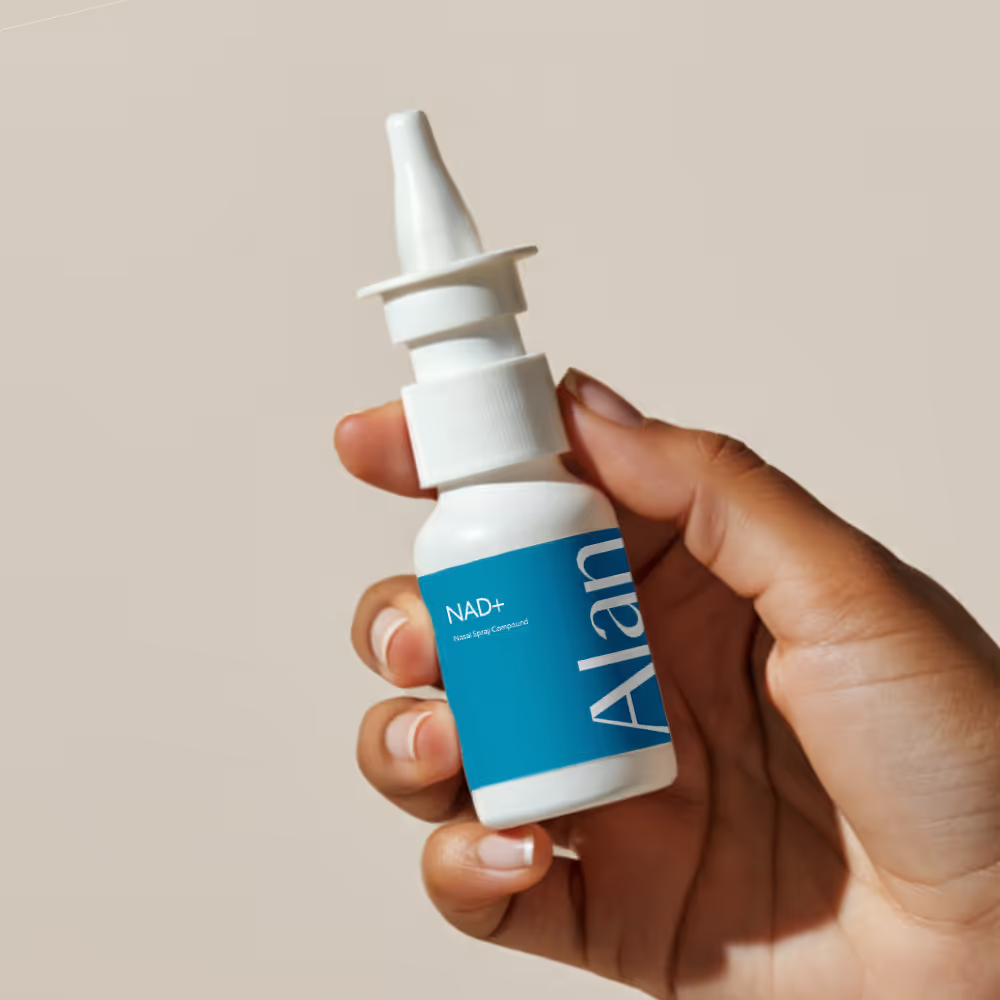

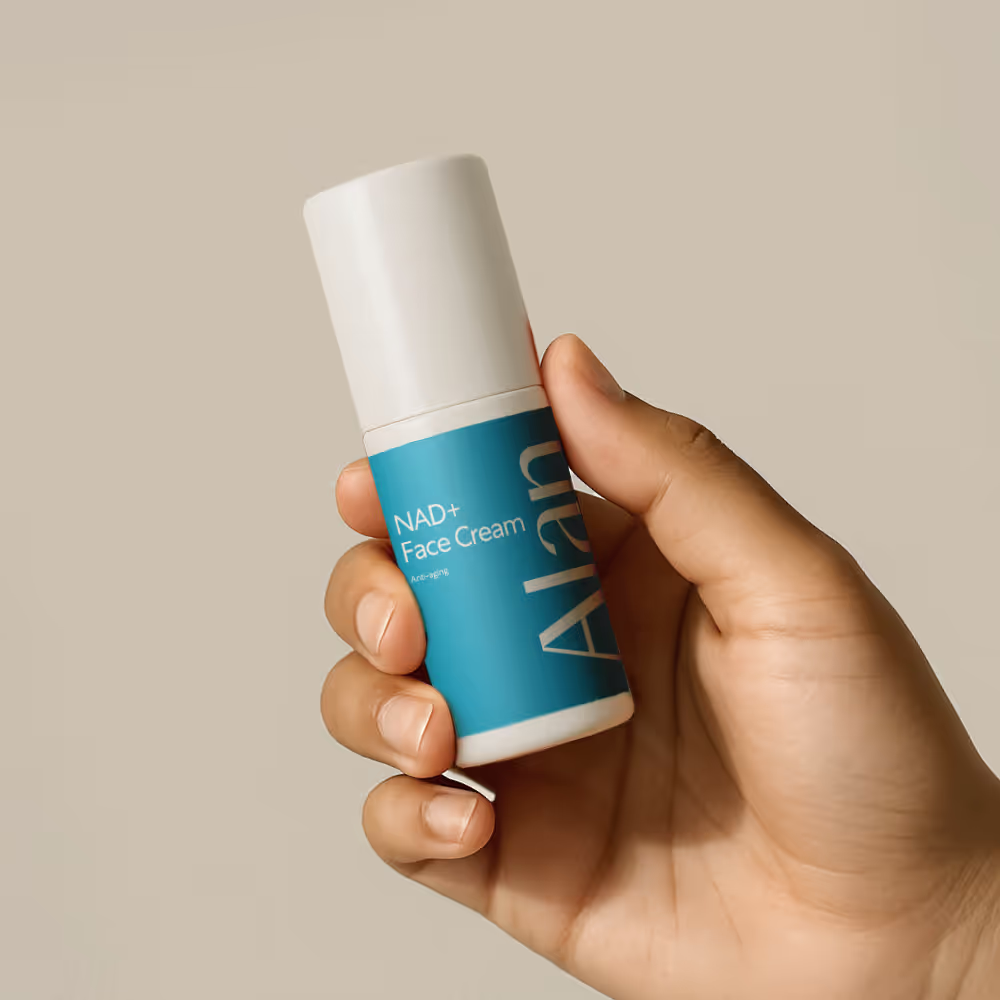

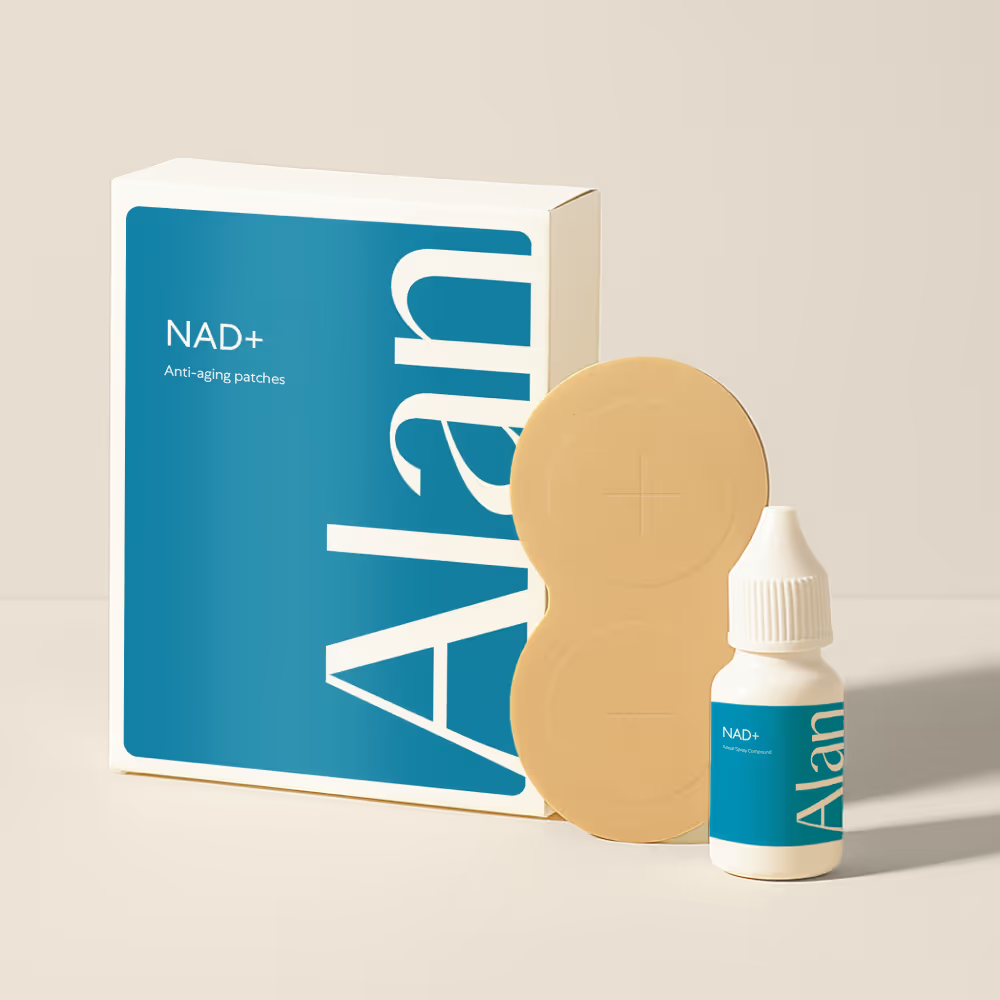

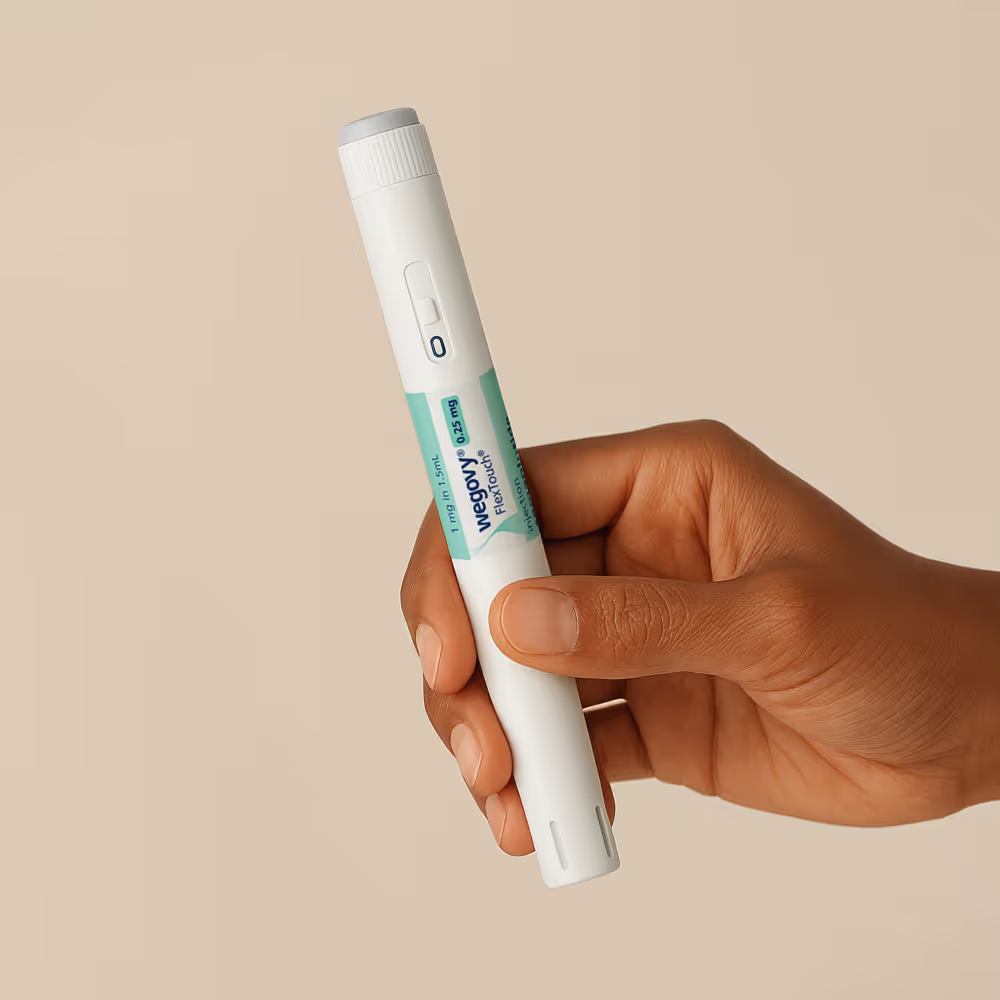

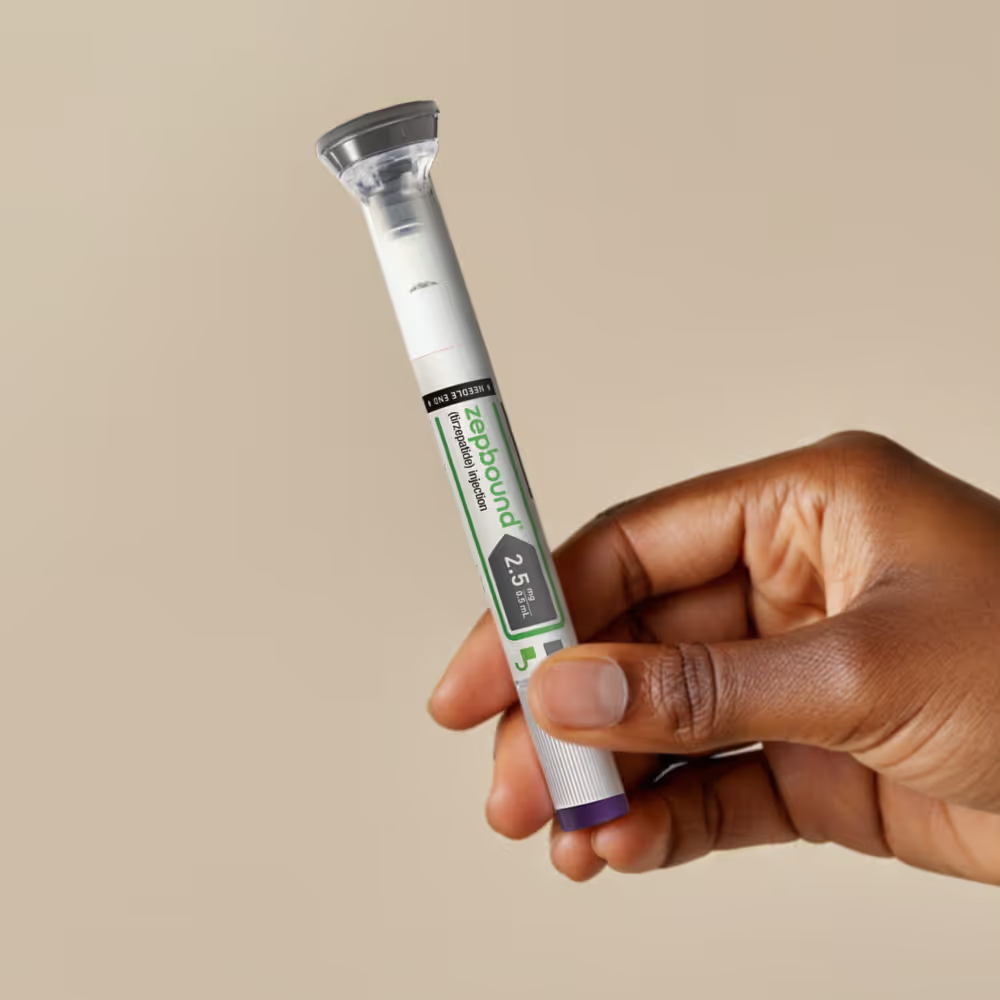

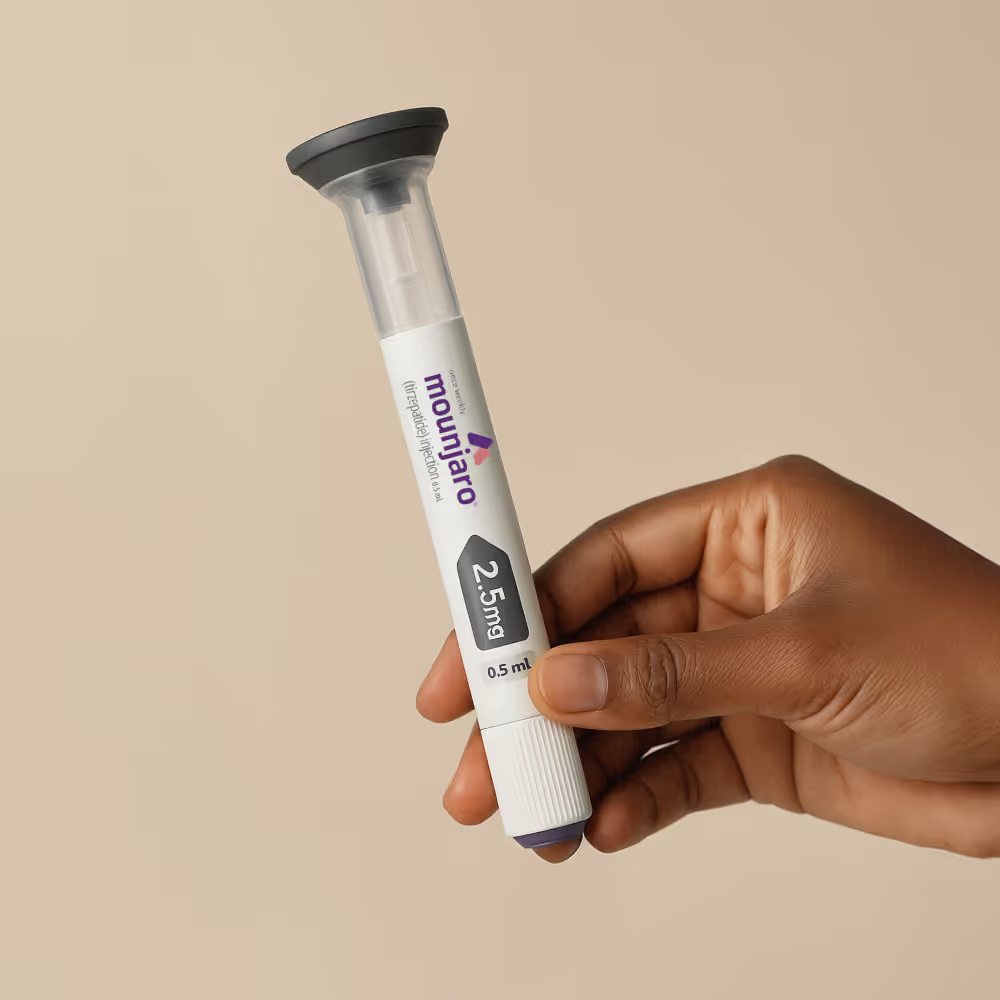

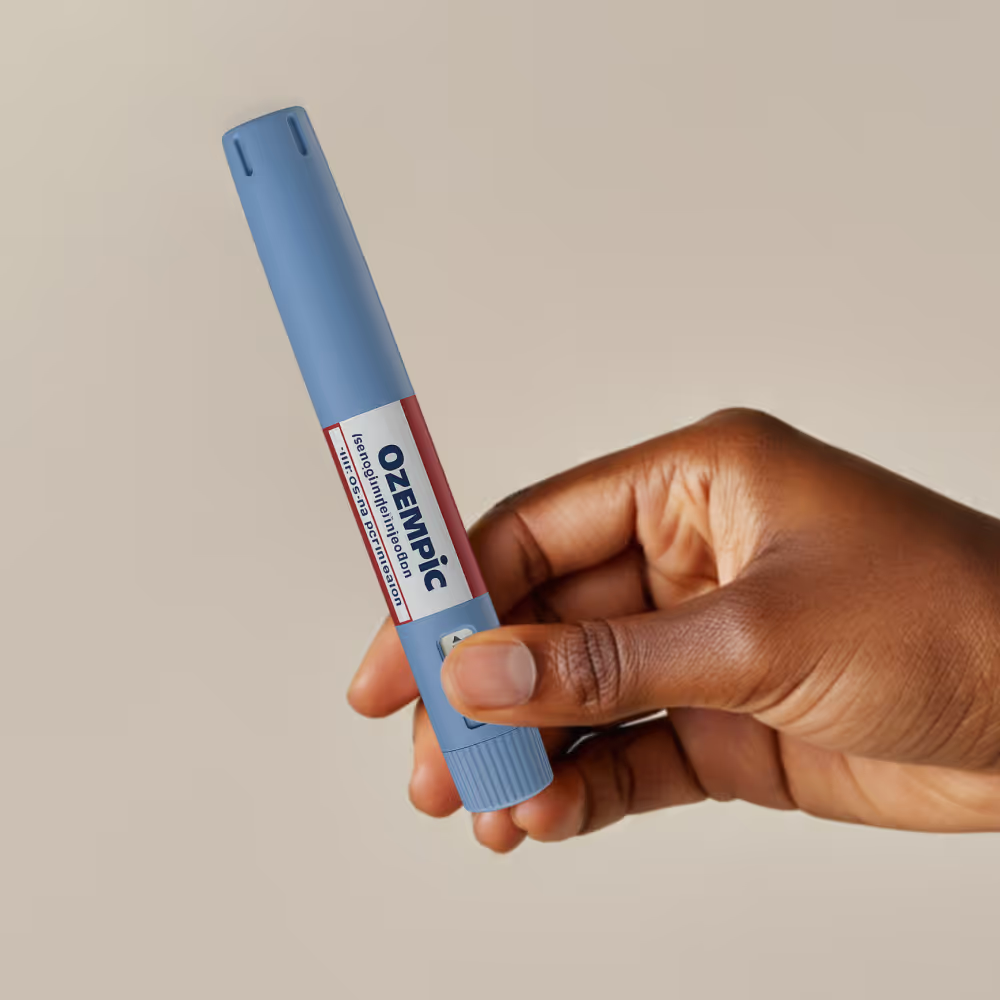



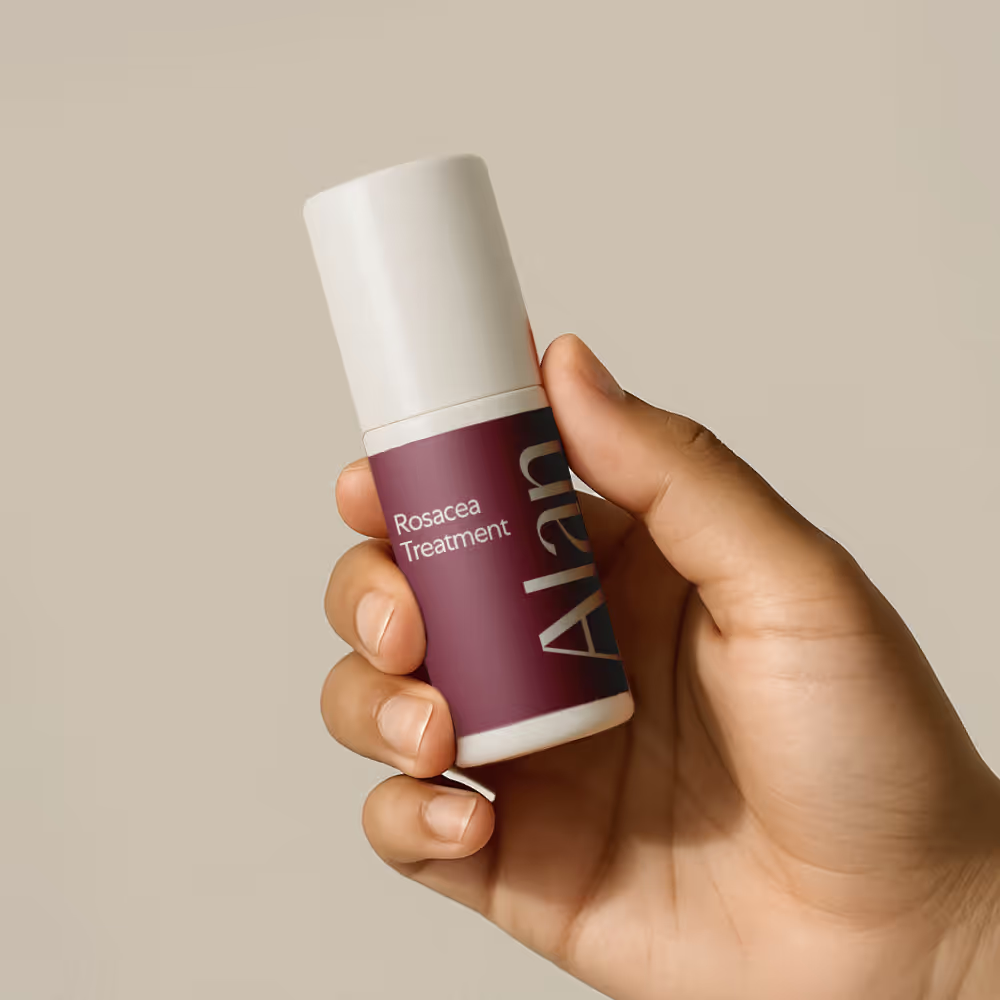

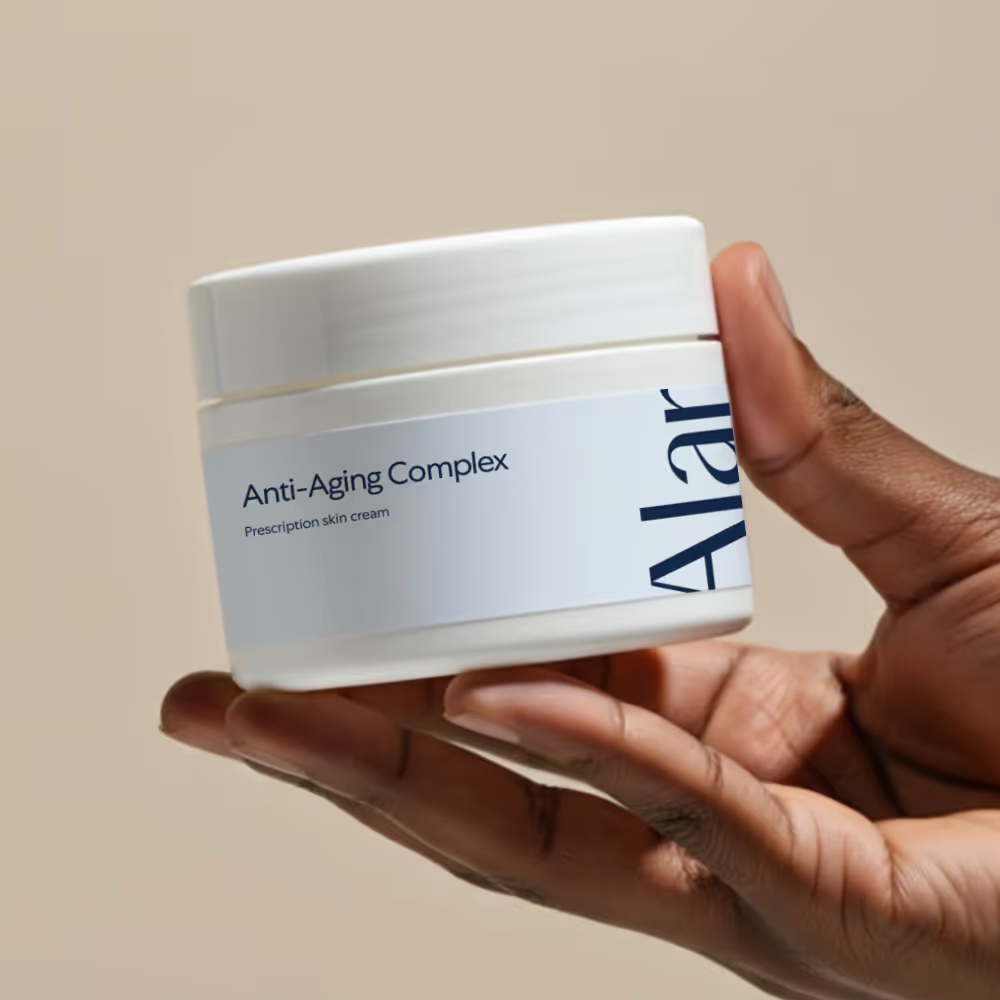

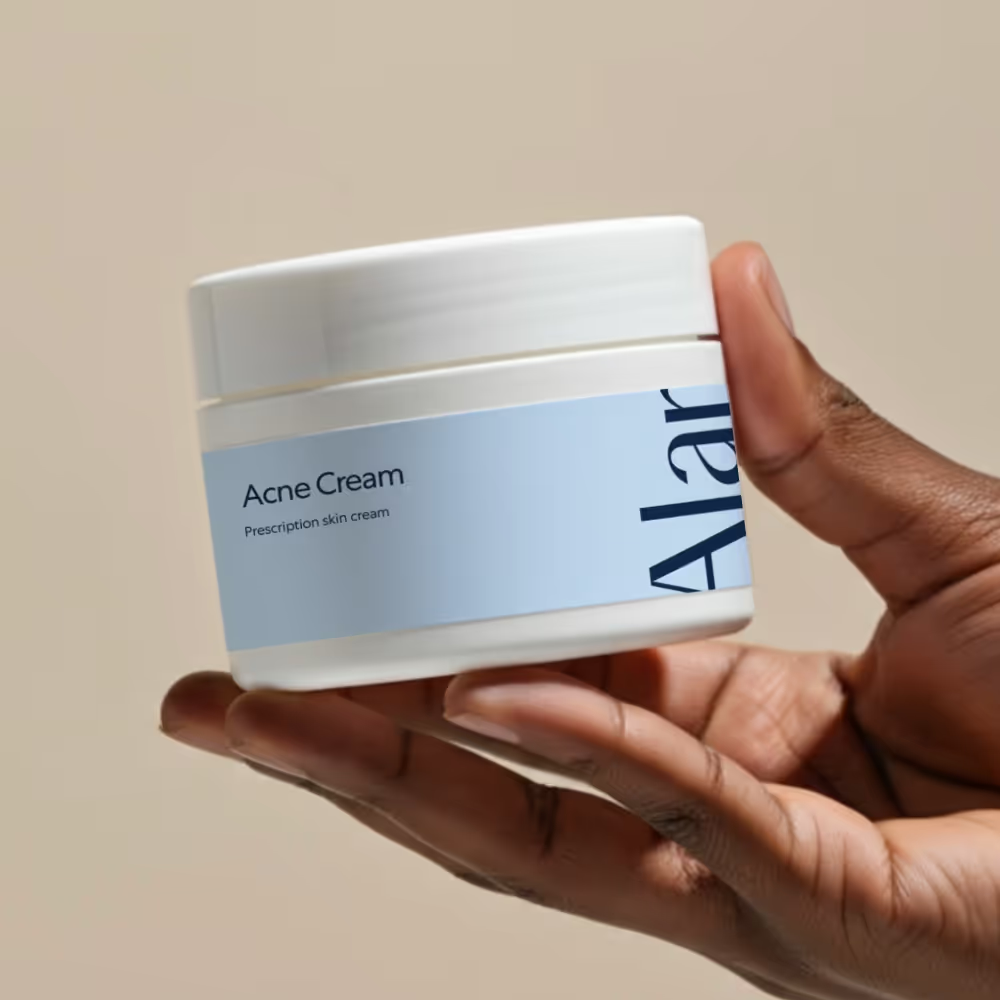



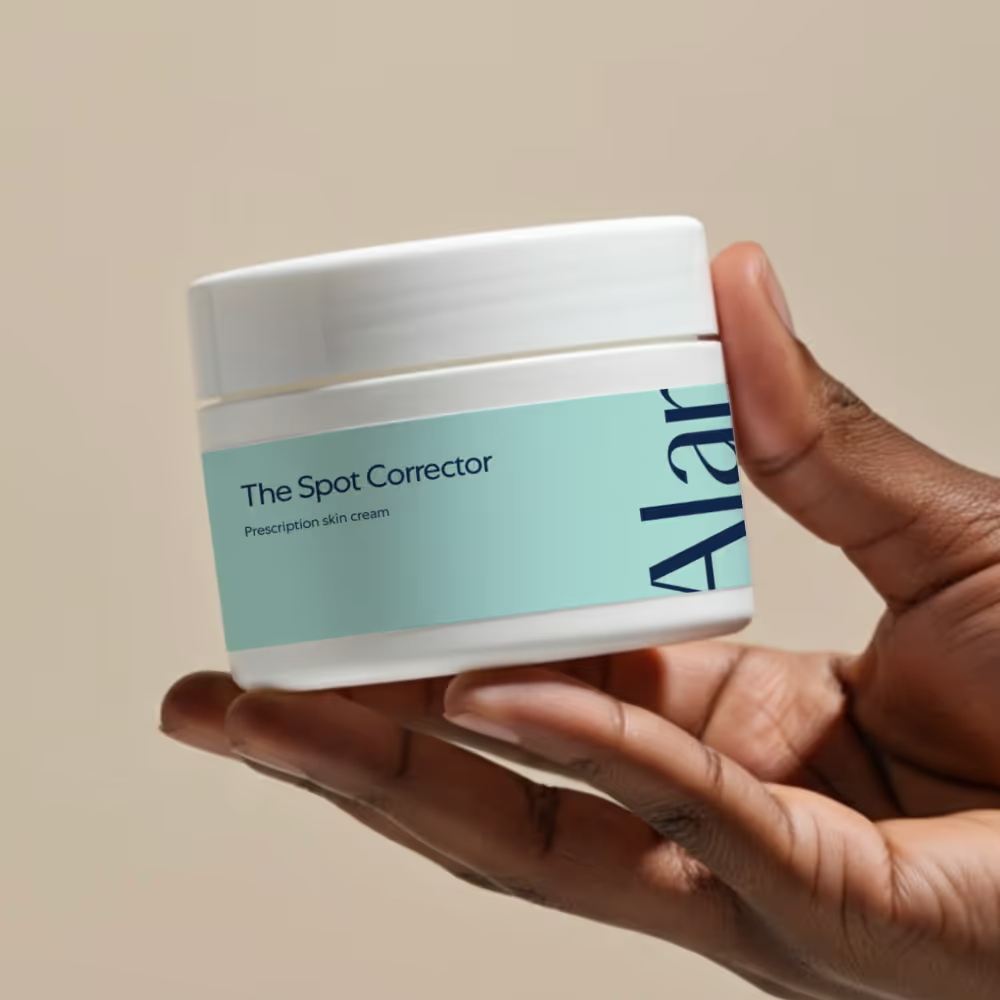



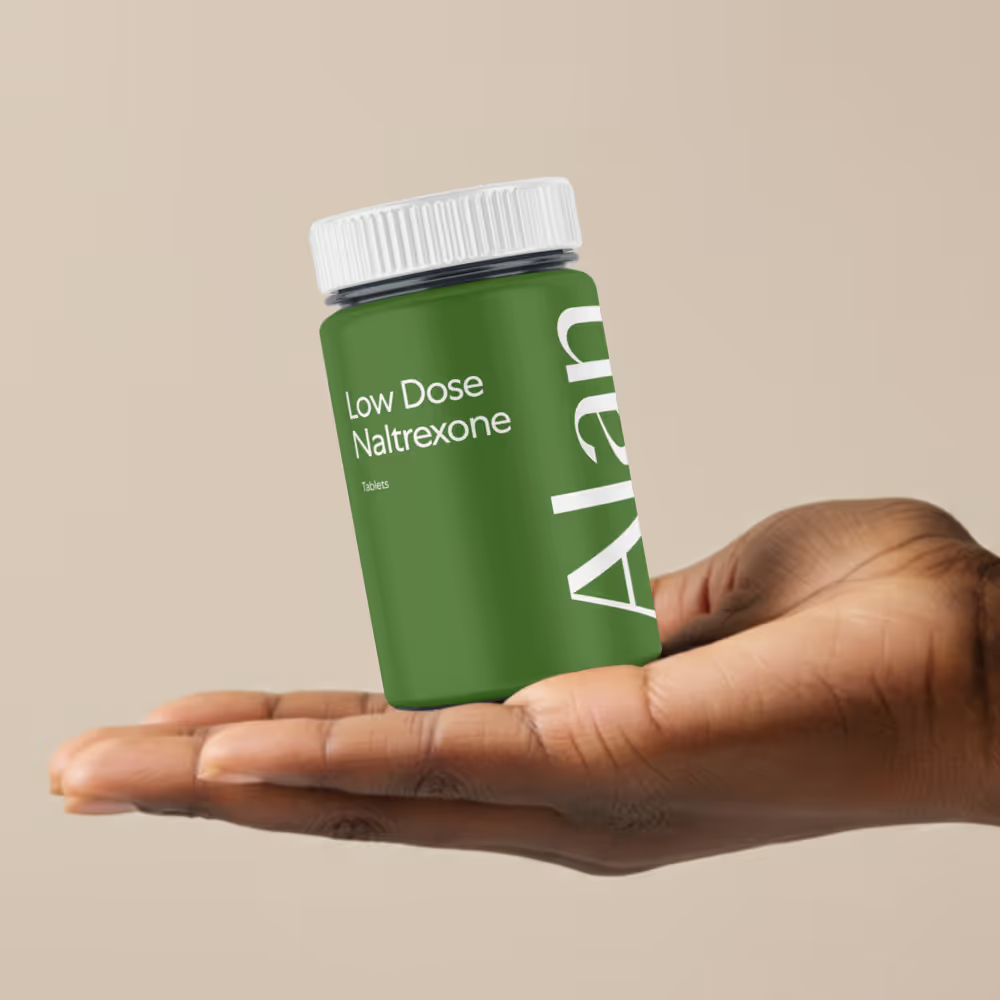




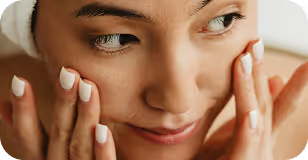

.avif)
.avif)
.avif)
